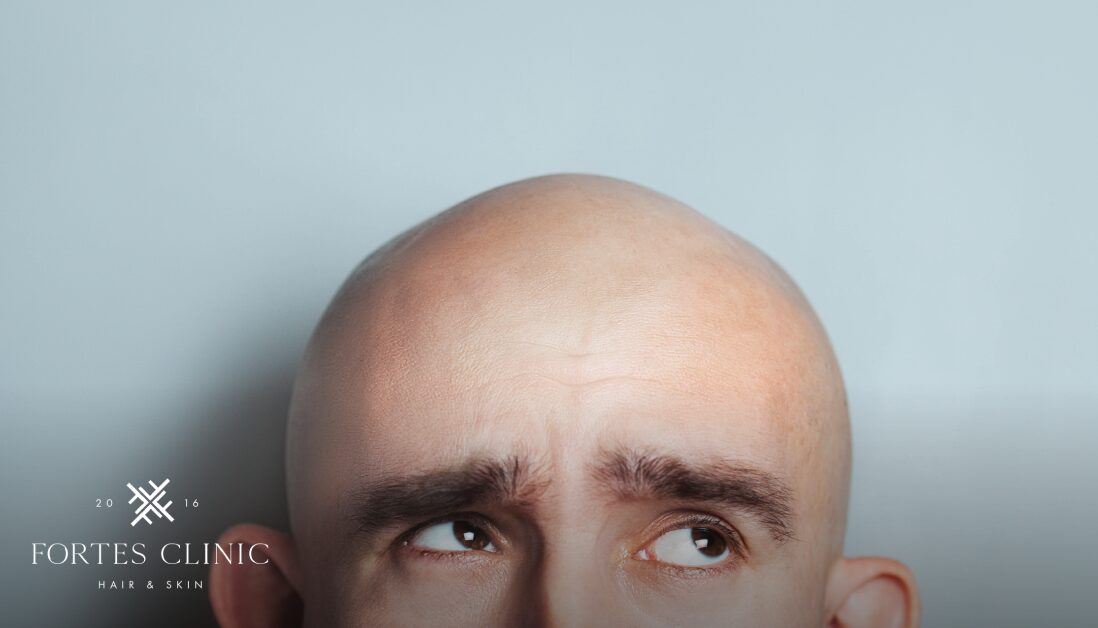Introduction
Undergoing a hair transplant is a significant step towards restoring hair growth and confidence. However, the success of a transplant largely depends on how well you care for your scalp during the recovery period. One common question among patients is: “Can I go swimming after a hair transplant?”
Water exposure can introduce risks such as infections, graft displacement, and irritation, making it essential to understand the proper post-transplant care routine. This article provides a comprehensive answer, detailing the risks, timelines, and best practices to ensure a smooth recovery while maintaining an active lifestyle.
Understanding the Healing Process After a Hair Transplant
How Long Does It Take for a Hair Transplant to Heal?
The healing process varies from person to person, but here is a general timeline:
- First 7-10 Days: The newly implanted grafts are highly fragile, and small scabs form on the scalp. Avoid any external irritants, including excessive sweating and direct contact with water, to prevent disturbing the healing grafts.
- First 2-4 Weeks: Scabs naturally fall off, and redness gradually fades. However, the follicles remain in a delicate state, and exposure to harmful substances can slow recovery.
- First 3-6 Months: Temporary hair shedding (shock loss) may occur, but this is a normal part of the process. New hair will start growing as the follicles stabilise.
- 6-12 Months: Full results become visible as the new hair thickens and matures, with hair growth continuing to improve over time.
Why Is It Important to Avoid Water Exposure?
Water, particularly from pools, the sea, or lakes, poses several risks in the early healing stages:
- Risk of Infection – Open wounds on the scalp provide an entry point for bacteria, which can lead to infections that delay healing and potentially affect graft survival.
- Damage to Implanted Grafts – Water pressure, chemicals, and friction from swimming can loosen or dislodge grafts before they fully attach.
- Drying Effects of Chlorine and Saltwater – Chlorinated pools and saltwater environments can dry out the scalp, causing irritation, inflammation, and delayed recovery.
Can You Swim After a Hair Transplant?
How Soon Can You Go Swimming?
Most hair transplant specialists recommend waiting at least 2-4 weeks before exposing your scalp to swimming pools, seawater, or freshwater bodies. However, healing times can vary based on the individual’s skin type, transplant method, and post-surgical care. In some cases, doctors may advise waiting up to 6 weeks for optimal safety.
Risks of Swimming Too Early
1. Chlorinated Pools
Swimming pools contain chlorine and other disinfectants that help maintain hygiene. However, these chemicals can cause scalp irritation, excessive dryness, and possible damage to the hair grafts. Chlorine can strip away natural oils from the scalp, making it more prone to inflammation, redness, and sensitivity.
2. Saltwater & The Ocean
Saltwater, although natural, has a dehydrating effect on the skin and scalp. Excessive salt exposure can lead to irritation, increased scabbing, and a prolonged healing period. Furthermore, the ocean contains bacteria and pollutants, which increase the risk of infection, particularly when the scalp is still healing.
3. Public Pools & Hot Tubs
Public swimming pools and hot tubs contain high concentrations of chemicals and bacteria, which could increase infection risks. The warm temperatures in hot tubs can also lead to excessive sweating, potentially affecting scalp recovery. Bacteria thrive in warm, moist environments, increasing the likelihood of infections that could compromise the success of the transplant.
4. Freshwater (Lakes & Rivers)
Unlike chlorinated pools, lakes and rivers contain natural bacteria, algae, and microorganisms that can easily enter the healing scalp. These microorganisms can cause infections, leading to prolonged redness, swelling, and potential failure of some implanted grafts.
Expert Recommendations: When & How to Swim Safely
When Is It Safe to Swim?
A general recommendation is to wait at least one month before swimming, but it is always best to consult your surgeon. Some individuals may require a longer healing period, depending on the extent of the procedure and their personal recovery progress. If you are unsure about whether it is safe to resume swimming, a follow-up consultation with your doctor is advised.
How to Protect Your Transplanted Hair While Swimming
If you must swim, consider taking these precautions to protect your newly transplanted hair:
1. Wearing a Swimming Cap
- A high-quality silicone swimming cap can help minimise water exposure.
- Ensure the cap is not too tight, as excessive pressure may disturb healing grafts.
- Avoid pulling or adjusting the cap roughly, as this may dislodge grafts.
2. Keeping the Scalp Dry & Avoiding Full Immersion
- If possible, avoid submerging your head completely.
- Engage in activities that keep your scalp above water, such as wading, floating, or relaxing in shallow waters.
3. Rinsing & Washing Your Scalp Immediately After Swimming
- After exposure to water, rinse your scalp thoroughly with fresh water to remove any harmful chemicals, bacteria, or salt.
- Use a mild, sulphate-free shampoo to cleanse any residues without irritating the scalp.
- Gently pat the scalp dry with a clean towel instead of rubbing it harshly.
Post-Transplant Activities: What Else Should You Avoid?
1. Sun Exposure & UV Rays
- The scalp is sensitive to UV radiation after a transplant.
- Prolonged sun exposure can cause redness, irritation, and possible damage to healing grafts.
- Wear a loose-fitting hat or apply a dermatologist-approved SPF to protect your scalp when outdoors.
2. Heavy Exercise & Sweating
- Excessive sweating can clog pores and irritate healing grafts.
- Intense workouts may increase blood pressure and swelling, prolonging recovery.
- Avoid vigorous exercise for at least 2 weeks, and gradually reintroduce activities.
3. Saunas & Steam Rooms
- High heat and steam can soften scabs prematurely, increasing the risk of graft dislodgement.
- Excessive heat can also increase oil production, potentially clogging hair follicles.
- Wait at least 3-4 weeks before using saunas or steam rooms.
Final Thoughts: Enjoying Swimming After a Hair Transplant
Swimming is an excellent way to stay active, but patience is crucial in ensuring optimal hair transplant results. While waiting 2-4 weeks before swimming may seem inconvenient, it significantly reduces risks such as infection, irritation, and graft damage. Always follow your surgeon’s advice and take proper precautions to protect your investment in hair restoration. By prioritising scalp health in the short term, you will be able to enjoy swimming and an improved hairline for years to come.
Want to learn more about hair transplant treatment? Contact our team if you have any queries!



